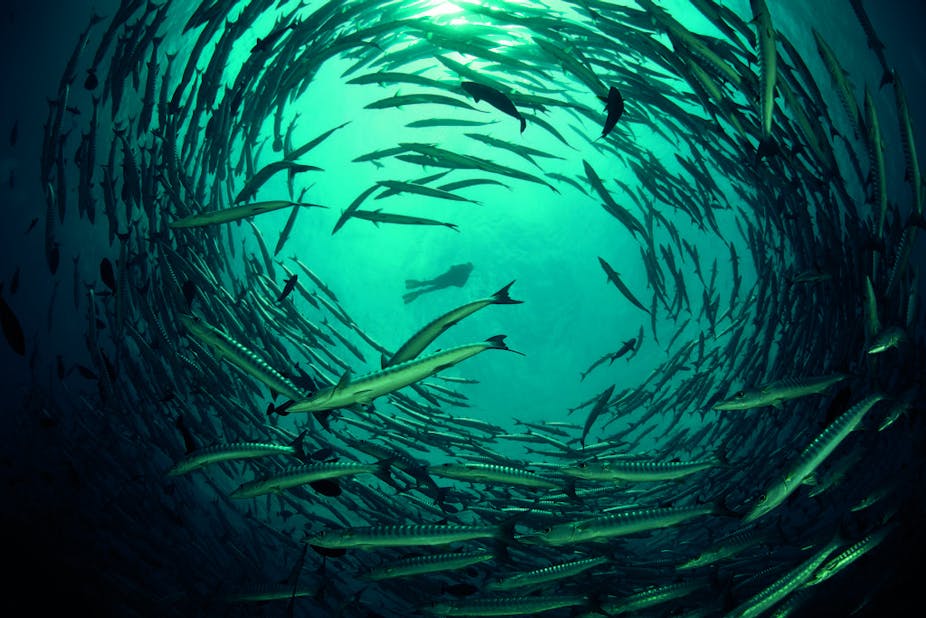You can’t get a project approved these days unless it satisfies the triple bottom line: equity, cost-effectiveness and environmental sustainability. But our research shows that getting all three is almost impossible - the best results for the environment can be less fair, and the only way to make them fair is to sacrifice a tight budget.
We all have a sense of what is fair and unfair. If your neighbour pays less for their power bill than you do, you would probably feel ripped-off and look for a better deal. Likewise, it may seem unfair if they receive a benefit, such as a one-off discount, but you do not.
Decisions about the environment may also strike people as unfair. The costs of conserving threatened species and habitats may be borne by some people more than others. Environmental decisions can also benefit some groups more than others. For instance governments and international funds can hand out grants for conservation projects.
Equity or fairness, defined as the distribution of cost or benefits among individuals or groups, is a commonly sought after ideal in conservation planning. The best conservation plans will also meet two other ideals: cost-efficiency and conservation effectiveness. That is, the ideal plan will be low-cost, effectively protect biodiversity and be fair. These three ideals are referred to as the “triple-bottom line”. But our research shows that achieving one of these three goals will often come at the cost to another.
We developed methods to discover ideal solutions that balance equity, conservation and overall cost. We examined three case-studies for the designation of marine protected areas to conserve marine habitats: the central coast of California; the southeast Misool protected area in Raja Ampat in eastern Indonesia; and the Coral Triangle region of southeast Asia. In each of these cases, different fishing industries, communities, or countries respectively, bear a short-term cost when a marine protected is created, because they lose access to fishing grounds.
For each of these case studies, we applied the Gini coefficient (an index commonly used by economists to measure income equality) to measure the equality in impacts of different conservation plans on fishing groups. By comparing the Gini score with the conservation benefits for a number of proposed plans, we could quantify exactly how much equality must be sacrificed to improve conservation success. The overall budget can also be varied to examine cost-effectiveness of a plan.
The research shows that the best conservation outcomes compromise equity. For instance, in the southeast Misool marine protected area, the best conservation outcome unevenly affected different fishing villages. Some critical coral reef habitats occur in just a few traditional fishing grounds, so these communities lose a larger portion of their fishing grounds than other communities to protect these habitats. But the most equitable outcome did not effectively protect all types of coral reef.
We also found that if budgets for conservation are larger, solutions can be both more equitable and have better conservation outcomes. However, this means that triple-bottom line solutions are difficult to achieve, because cost-efficiency must be sacrificed.
So are there any solutions that can guarantee equity, cost-efficiency and good outcomes for the environment? Possibly. It depends how equity is defined; people can feel more strongly about one kind of equity over another.
It is relatively common to have equity addressed through engaging community groups. If all affected groups are involved in the process of making decisions for environmental protection, they are more likely to be satisfied with the final decision.
You’d think that people would prefer equitable solutions over inequitable ones. But this is not always the case. Different people have more or less invested in managed systems and so don’t necessarily expect to receive equal benefits. For example, if I have fished a place for 40 years, whereas my neighbour just moved to town and fishes once a month recreationally, why should we be treated equally when it comes to making decisions about managing fisheries?
There is no single solution for environmental decisions that will be equitable, effective at protecting the environment and cost-effective. This research helps to find the best solutions for a conservation problem by providing a transparent framework.
Highly inequitable solutions may have the greatest benefits for conservation on paper, but are unlikely to be successful in reality. Opposition by those people who feel unfairly treated can stop proposed conservation plans from ever happening. Governments and conservation groups need to find solutions that leave people feeling that they were fairly treated and that their concerns were considered. This research helps them do that.
Scientists involved in the research are affiliated with Australian Research Council Centre of Excellence for Environmental Decisions and the Global Change Institute at the University of Queensland, University of California Santa Barbara’s National Center for Ecological Analysis and Synthesis, Center for Marine Assessment and Planning, and Bren School of Environmental Science & Management, as well as the Conservation International, The Nature Conservancy, and the Natural Capital Project at Stanford University.

